The 10 Most Common Payroll Mistakes in Film & TV — and How to Avoid Them

Payroll on a film or television production is a balancing act between tight timelines, complex union rules, and ever-changing crew rosters. With so many moving parts, it's no wonder even experienced payroll professionals occasionally run into issues. But small mistakes can lead to expensive corrections, union grievances, benefit fund penalties — or worse.
Below are the 10 most common payroll mistakes in entertainment production, with practical examples and tips on how to avoid them.
1. Missing or Incorrect Timecard Data
The Mistake: Crew members submit timecards with missing in/out times, unmarked meal periods, or ambiguous work locations. Payroll teams then process based on assumption or incomplete info.
Example: A crew member clocks out at 8:30 PM, but their timecard only shows “8” as the out-time. Payroll assumes 8:00 PM — costing them 30 minutes of OT.
How to Avoid It: Use digital timecard systems that require completed fields and flag inconsistencies. Train department heads to review and verify before submission.
2. Incorrect Overtime Calculations
The Mistake: OT is calculated based on hours worked in a day, but not by the rate multiplier required by the applicable union agreement.
Example: An IATSE crew member works 14 hours, but payroll pays all hours over 8 at 1.5x. However, under the Basic Agreement, hours 13 and 14 should be paid at 2x.
How to Avoid It: Keep an updated OT rate matrix by union and day type (regular day, 6th day, 7th day). Build logic into the timecard software, and manually review flagged exceptions.
3. Failure to Apply Retroactive Rate Changes
The Mistake: A crew member receives a rate bump mid-show, but prior episodes are not corrected.
Example: An editor’s rate is increased from $50/hour to $55/hour starting episode 5. But payroll forgets to retroactively pay the new rate for episode 4’s work after the date the bump was effective.
How to Avoid It: Use rate change logs to track when adjustments occur. Create a standard retro worksheet to recalculate gross pay and fringe deltas across affected pay periods.
4. Incorrect Fringes or Benefit Calculations
The Mistake: Fringe contributions are calculated based on incorrect wage types or base hours.
Example: A Director is paid $650,000, but payroll reports the entire amount as subject to pension and health — when the agreement caps PH&W.
How to Avoid It: Maintain a current reference for fringe caps and contribution formulas by role and union. Use benefit fund circulars and cross-check against recent remittance audits.
5. Overlooking Holiday Pay Rules
The Mistake: Holiday pay isn’t applied correctly — especially for certain unworked holidays.
Example: A weekly-paid AD is entitled to unworked holiday pay, but the holiday is miscoded as labor and is not deducted from the accrual, causing an overpayment.
How to Avoid It: Use a union-specific holiday chart and clarify when holidays should be applied to accruals. Set up holiday auto-pay triggers where appropriate.
6. Paying the Wrong Occupation or Code
The Mistake: A crew member is hired under one classification but paid under another, with the incorrect rate and fringe basis.
Example: A 2nd Assistant Camera is coded as a Digital Utility, reducing both their pay and benefit contributions, since certain fringes are based on scale.
How to Avoid It: Confirm occupation codes against union job classifications. Use a start form that clearly defines title, rate, and department — and review it before inputting the code.
7. Late Starts and Missed State Filings
The Mistake: A worker is hired late without onboarding documents, leading to misclassified work state or missed wage theft forms.
Example: A day player in New York is paid as if they were working in California — skipping NY-specific compliance forms like the LS54.
How to Avoid It: Require onboarding to be completed completely and accurately on hiring. Use digital systems that determine hire state and generate location-specific packets automatically.
8. Failure to Comply with Meal Penalty Rules
The Mistake: Meal penalties are either missed or misapplied, especially with overlapping breaks or short lunches.
Example: A crew member takes lunch at the 6:20 mark, but payroll pays no penalty. Under California Wage Order 12, the break was late — and a meal penalty is due.
How to Avoid It: Use smart timecard logic to automatically flag missed or delayed breaks. Include jurisdiction-specific rules like CA's 6-hour meal rule and apply them during timecard review.
9. Delays in Addressing Payroll Adjustments
The Mistake: Corrections are delayed for weeks or missed entirely, especially for weekly players or adjustments that seem minor.
Example: A week player notices they weren’t paid a guaranteed 60-hour flat. It takes six weeks to resolve — triggering a grievance and late payment penalty.
How to Avoid It: Set a weekly adjustment review window with a retro pay checklist. Track errors in a shared ledger and assign responsibility for correction submission and follow-up.
10. Not Tracking Kit Rentals and Allowances Properly
The Mistake: Kits, box rentals, or per diems are not reported correctly — or are treated as taxable when they shouldn't be.
Example: A DP’s kit rental is paid through petty cash and isn’t reported on the payroll register, creating a discrepancy during union compliance audit.
How to Avoid It: Route all kit rentals and allowances through payroll unless explicitly excluded. Verify taxability with your payroll service and confirm inclusion/exclusion in PH&W.
Final Thoughts
Payroll in film and television is as much about vigilance as it is about speed. A small error in a timecard or fringe calculation can snowball into legal risk or budget overruns. By putting systems in place — like consistent review processes, rate logs, and compliance tools — you can prevent the most common issues before they become major headaches.
Remember: Payroll is more than just cutting checks. It’s how productions stay union-compliant, crew-supported, and audit-ready.









